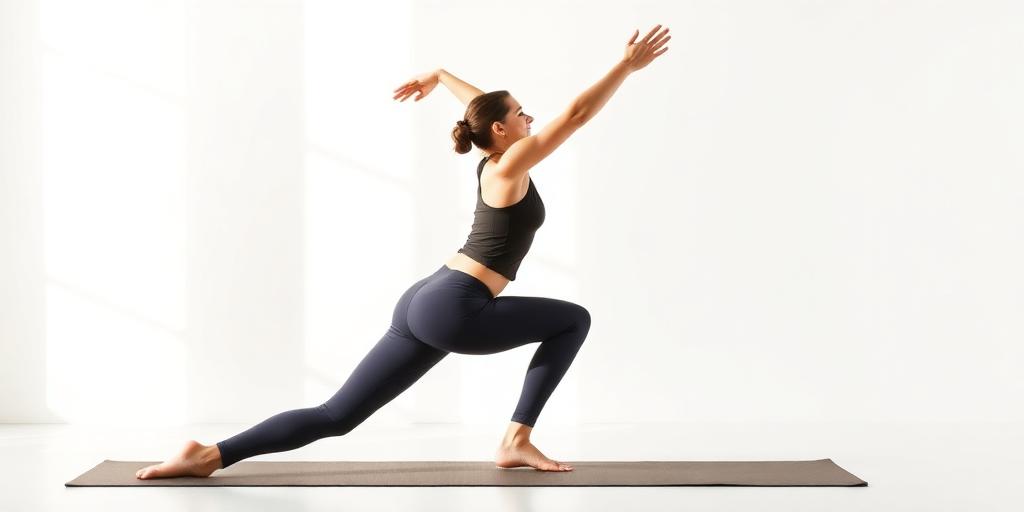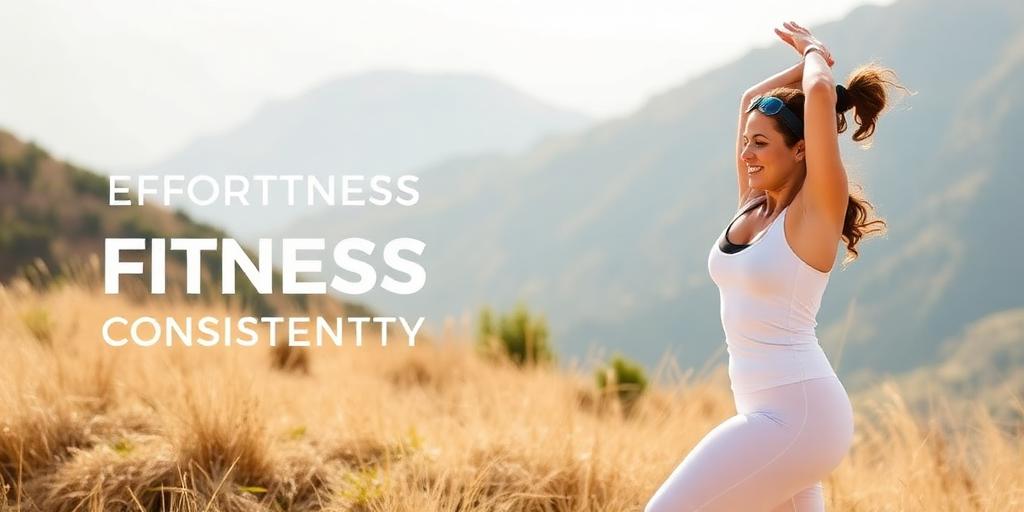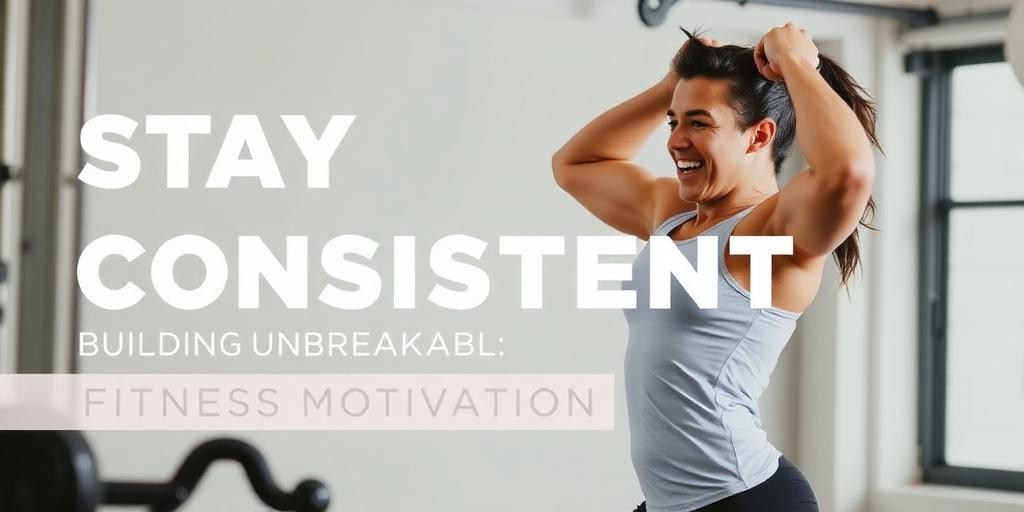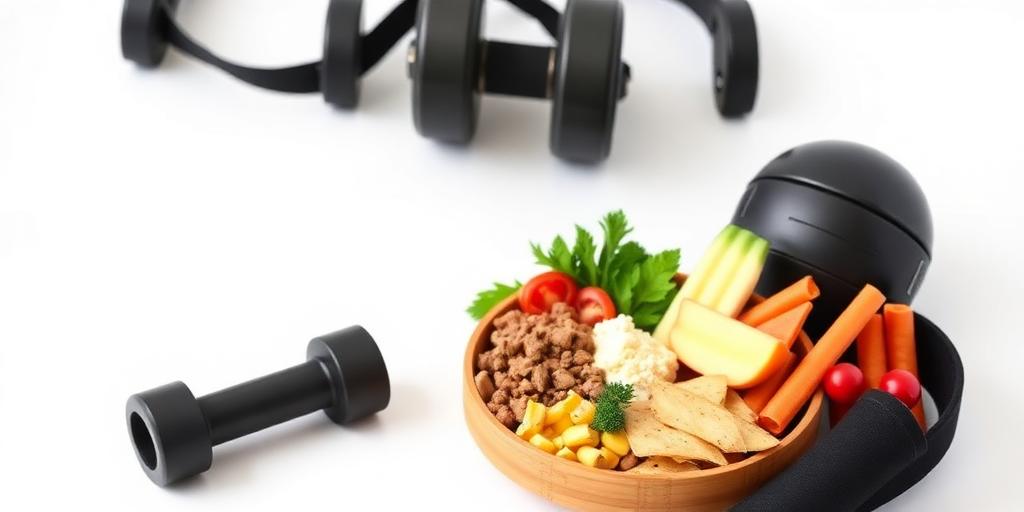Workout Programs for Mobility and Flexibility
In today's fast-paced world, it's easy to neglect mobility and flexibility. Many of us spend hours sitting at desks, leading to stiffness and reduced range of motion. Incorporating specific workout programs into your routine can counteract these effects, improving your overall physical health and well-being.
Why Mobility and Flexibility Matter
Mobility refers to the ability of a joint to move freely through its full range of motion. Flexibility, on the other hand, is the ability of a muscle to lengthen. Both are crucial for:
- Injury Prevention: Improved mobility and flexibility reduce the risk of strains, sprains, and other injuries.
- Enhanced Performance: Greater range of motion allows for more efficient and powerful movements in sports and daily activities.
- Reduced Pain: Stretching and mobility exercises can alleviate muscle tension and joint stiffness, reducing chronic pain.
- Improved Posture: Flexibility and mobility contribute to better alignment and posture.
Types of Workout Programs
Several types of workout programs can enhance mobility and flexibility. Here are a few effective options:
Yoga:
- Description: Yoga combines physical postures, breathing techniques, and meditation to improve flexibility, strength, and balance.
- Benefits: Enhances flexibility, reduces stress, improves posture, and increases body awareness.
- Example Poses: Downward-Facing Dog, Warrior poses, Child’s Pose.
Pilates:
- Description: Pilates focuses on core strength, flexibility, and body control through precise movements.
- Benefits: Improves core strength, enhances flexibility, promotes better posture, and increases body awareness.
- Example Exercises: The Hundred, Roll-Up, Leg Circles.
Dynamic Stretching:
- Description: Dynamic stretching involves controlled movements that gradually increase range of motion.
- Benefits: Improves flexibility, increases blood flow to muscles, enhances athletic performance, and reduces muscle stiffness.
- Example Exercises: Arm circles, leg swings, torso twists.
Foam Rolling:
- Description: Foam rolling involves self-myofascial release, which helps to release muscle tension and improve flexibility.
- Benefits: Reduces muscle soreness, enhances flexibility, improves blood flow, and breaks up scar tissue.
- How to Use: Apply pressure to specific muscle groups using a foam roller and hold for 30-60 seconds.
Tai Chi:
- Description: Tai Chi is a gentle, flowing exercise that improves balance, flexibility, and coordination.
- Benefits: Enhances balance, increases flexibility, reduces stress, and improves cardiovascular health.
- Key Movements: Slow, deliberate movements with a focus on body awareness.
Sample Workout Routine
Here's a sample routine incorporating elements from the above programs:
- Warm-up (5 minutes): Light cardio, such as jogging in place, arm circles, and leg swings.
- Dynamic Stretching (10 minutes): Arm circles, leg swings, torso twists, and walking lunges.
- Yoga/Pilates (20 minutes): A sequence of poses and exercises focusing on flexibility and core strength.
- Foam Rolling (10 minutes): Target major muscle groups, such as legs, back, and shoulders.
- Cool-down (5 minutes): Static stretching, holding each stretch for 30 seconds.
Tips for Getting Started
- Start Slowly: Gradually increase the intensity and duration of your workouts to avoid injury.
- Listen to Your Body: Pay attention to any pain or discomfort and modify exercises as needed.
- Stay Consistent: Aim for at least 2-3 sessions per week to see noticeable improvements.
- Consult a Professional: If you have any underlying health conditions or are new to exercise, consult with a physical therapist or certified trainer.
Conclusion
Incorporating workout programs for mobility and flexibility is essential for maintaining overall health and preventing injuries. Whether you choose yoga, Pilates, dynamic stretching, foam rolling, or a combination of these, consistency is key. Make these programs a regular part of your routine to enjoy the numerous benefits of a flexible and mobile body.









